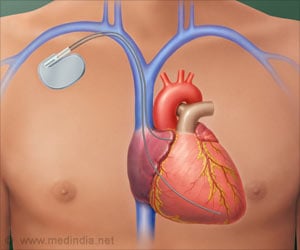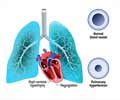New research from scientists at Sanford Burnham Prebys Medical Discovery Institute may lead to a new approach to help treat heart failure early in the disease.

‘As the heart fails, it loses its ability to burn fatty acids-the building blocks of fat-and instead starts using ketone bodies as an alternative fuel.’





Heart failure is the inability of the heart to pump sufficient blood to supply the body with oxygen. It can be caused by factors including high blood pressure, a previous heart attack, diabetes or family history. Most of the treatments currently available for heart failure are aimed at the later stages of disease. The new study, led by Daniel Kelly, M.D., scientific director of SBP's Lake Nona campus, provides fresh molecular insight into heart failure and may eventually lead to new therapeutic targets to prevent or slow progression of the disease.
"Our research shows that as the heart fails, it loses its ability to burn fatty acids-the building blocks of fat-and instead starts using ketone bodies as an alternative fuel. It's almost like the heart is starving because it doesn't have the enzymatic machinery to burn fat anymore," said Kelly. To better understand what metabolic changes occur in place of fatty acid-burning, Kelly's team studied well established mouse models of the early and late stages of heart failure.
The research team analyzed heart muscle cells to identify enzymes involved in metabolizing fuel that may ultimately become targets for therapies. They found that levels of an enzyme involved in ketone metabolism, known as BDH1, were twice as high in mice with both early stage and complete heart failure compared to normal animals.
"It was surprising that BDH1 was increased in the failing heart, because this is an enzyme that is involved in burning ketones," Kelly said. "We find it more in brain and liver, but one wouldn't expect it to be very active in the heart."
Advertisement
These findings offer good news for potential treatments, as the prevalence of heart failure in Americans is expected to increase 46% by the year 2030. The study was performed in collaboration with researchers from Duke University and the Duke University School of Medicine, the University of Cologne, and the University of Illinois at Chicago College of Medicine.
Advertisement















